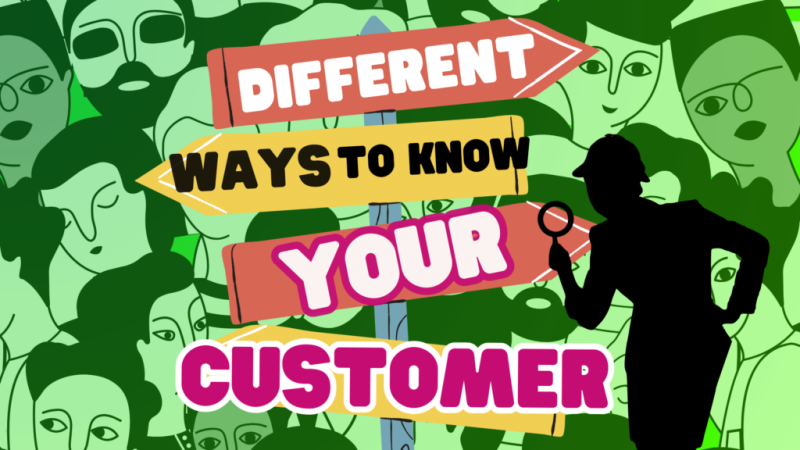Previously, I have described some challenges with the Evidence-Based Management implementation. There are plenty of challenges regarding the process of applying Evidence-Based Management, there are also great results.

Right direction, right goals, right decisions The EBM enables perfectly validate the strategic goal, Product Goals and tactical goals. It happens due to frequent inspection and adaptation, so empirical process. The EBM KVAs should always represent the current data so that the decision-making process is straightforward and more transparent. Example: the company had a strategic goal related to revenue. Despite many attempts to increase the revenue, it always declined. Once the KVAs were measured, it turned out that the organization must move to Cloud (UV – customers’ desired outcome). The company established frequent cadences to measure the progress toward a new goal – “move to Cloud”. Revenue increased on the fly.
Better customer outcomes (satisfaction) These organizations that often measure all KVAs know their customers better, interview them, design and run experiments to meet users’ satisfaction better. Delivering value for the customers is the most important for them. Companies like these are value-oriented, product and customer-oriented. Outcomes are validated and measured. There is an apparent relationship between satisfied, happy customers and revenue growth.[i] Example: a company experiments a lot with its group of customers. Asking them for some validations, frequently looking at their product usage. The products were always highly used by customers, their satisfaction level was always impressive (CV). The organization became a learning organization. Even though they implement many ideas to satisfy their users, they were always looking for improvements (UV).
An empirical approach, less error-prone products Setting meaningful, measurable goals and measuring KVAs, designing experiments to validate hypotheses are great strategies for creating less error-prone products. Short experiments and immediate validation, measuring the results, require a fast reaction on what to change. If the result of an experiment is unsatisfactory, it means that we should not follow this idea. That is excellent news as we do not spend money on something that is unnecessary and will not bring any value to our users. Example: an organization believed that short feedback loops and experiments would bring more valuable products for customers. Indeed, frequent validations helped them build excellent products that satisfied the majority of customers. The empirical mindset was evident to the entire company as a natural way of dealing with complexity.
Making decisions based on evidence Having valid data measured in all four KVAs helps in better decision-making. Example: the organization had a product portfolio consisted of 22 large products. Accurate measures and an evidence-based approach helped them decide which product we should invest in and which not. They stopped investing in products that had low current value and too few market opportunities (UV). They invested in products with high Unrealized Value. Finally, the portfolio had 13 products and some potential for a few more.
In general, companies that are aware of their KVAs and measure them with a goal and empiricism in mind are more successful. Many case studies show this correlation. The Evidence-Based Management framework is widely used in different environments, including product delivery, IT, healthcare, pharmacy, marketing, e-commerce, and many more.
Acknowledgments to Ravi Verma for introducing me to the EBM in 2015 and Patricia Kong for continuous encouragement and sharing vast experience.
[i] More: https://hbr.org/2016/09/the-elements-of-value


